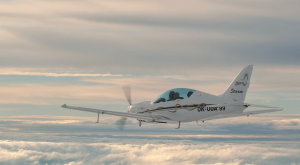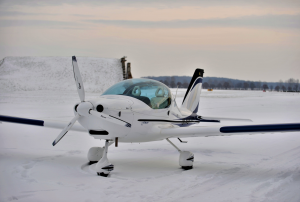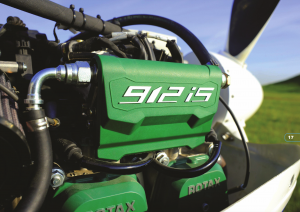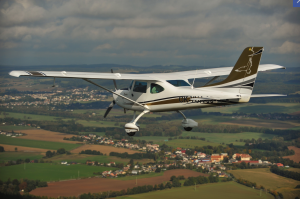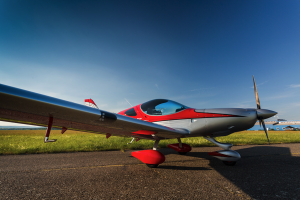That is a good question. The simplest answer is:
LSA (Light Sport Aircraft) : a light-weight, stable, 2 seat aircraft, with a low stall speed, that is safe and easy to fly. It can be flown with a Sport Pilot rating or higher, and flown only in Visual Flight Rules (VFR) conditions. Light Sport Aircraft are intended for personal enjoyment.
But to each person that flies one, the reasons for owning one is unique. The variety of aircraft in this category is amazingly diverse. Float planes, slow-flying fabric covered cruisers, ultra-light style aluminum frame and fabric aircraft, “Cessna-like” high-wing, super sleek carbon fiber cruisers, “Cirrus-like” low-wings, in price ranges that many more people could afford to own one, than the typical General Aviation aircraft. With so many unique variations, this category amazingly diverse, and becoming increasingly popular.
The LSA Category
The LSA Category of aircraft as defined by the FAA (Federal Aviation Administration) is any aircraft that meets the specific criteria listed below. Generally for a single engine land certified light sport aircraft (LSA’s), the FAA
set limits for number of occupants, maximum gross take-off weight, maximum horsepower, maximum level flight speed, etc. These rules are slightly different for the sea plane versions of LSA’s, but the limitations are similar in that
they all only allow a maximum of 2 occupants; the pilot, and up to one passenger, and a low stall speed.
The FAA Definition: (14 CFR 1.1)
Light-sport aircraft means an aircraft, other than a helicopter or powered-lift that, since its original certification, has continued to meet the following:
(1) A maximum takeoff weight of not more than –
(i) 1,320 pounds (600 kilograms) for aircraft not intended for operation on water; or
(ii) 1,430 pounds (650 kilograms) for an aircraft intended for operation on water.
(2) A maximum airspeed in level flight with maximum continuous power (VH) of not more than 120 knots CAS under standard atmospheric conditions at sea level.
(3) A maximum never-exceed speed (VNE) of not more than 120 knots CAS for a glider.
(4) A maximum stalling speed or minimum steady flight speed without the use of lift-enhancing devices (VS1) of not more than 45 knots CAS at the aircraft’s maximum certificated takeoff weight and most critical center of gravity.
(5) A maximum seating capacity of no more than two persons, including the pilot.
(6) A single, reciprocating engine, if powered.
(7) A fixed or ground-adjustable propeller if a powered aircraft other than a powered glider.
(8) A fixed or feathering propeller system if a powered glider.
(9) A fixed-pitch, semi-rigid, teetering, two-blade rotor system, if a gyroplane.
(10) A nonpressurized cabin, if equipped with a cabin.
(11) Fixed landing gear, except for an aircraft intended for operation on water or a glider.
(12) Fixed or retractable landing gear, or a hull, for an aircraft intended for operation on water.
(13) Fixed or retractable landing gear for a glider


